In content marketing, visuals, especially images, play a crucial role. They not only influence the way information is processed but also how engaging and eye-catching content appears. In this tutorial, I want to explain the significance and different types of visuals to you, as well as provide valuable tips for their use in marketing to effectively reach your target audience.
Key Takeaways
Visuals can convey information faster than texts, increase interaction, and are crucial for the perception of content. Images evoke emotions, boost click-through rates, and enhance brand perception. Use different types of images strategically to achieve your marketing goals.
Step-by-step guide for using visuals
1. Understanding the image content format
The image as a content format is a static representation often used in social media platforms like Instagram. A typical example of such a format is an Instagram post that visually and attractively presents information. A mix of text and various symbols can be used to convey the message clearly and appealingly.
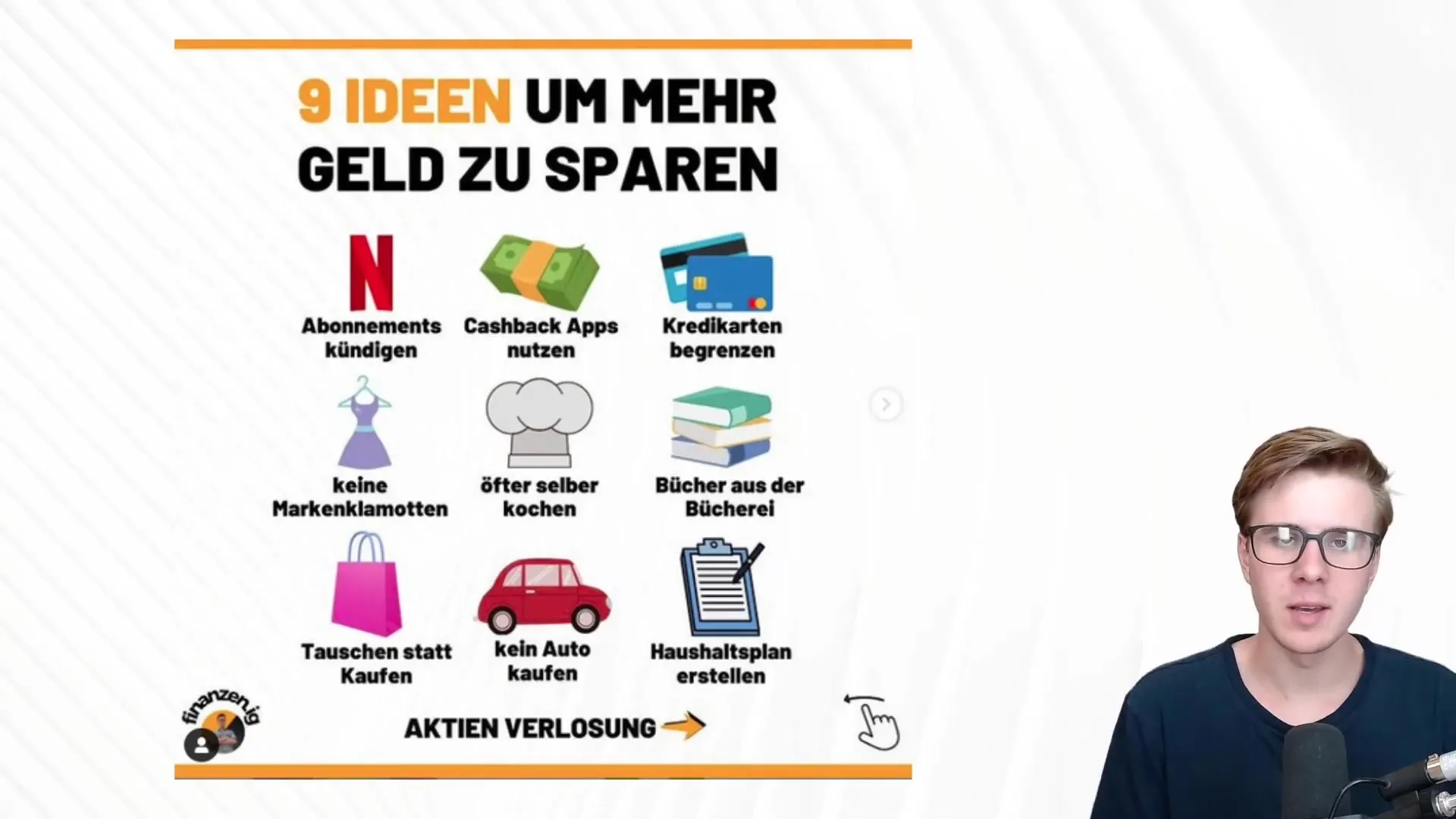
2. Using the correct format
Visual content comes in different formats. An example is the portrait format, typically used for platforms like Pinterest. Ensure that the dimensions and format of the image fit the platform where you want to share it. A common format for Pinterest, for instance, is 1000 pixels wide and 1500 pixels high.
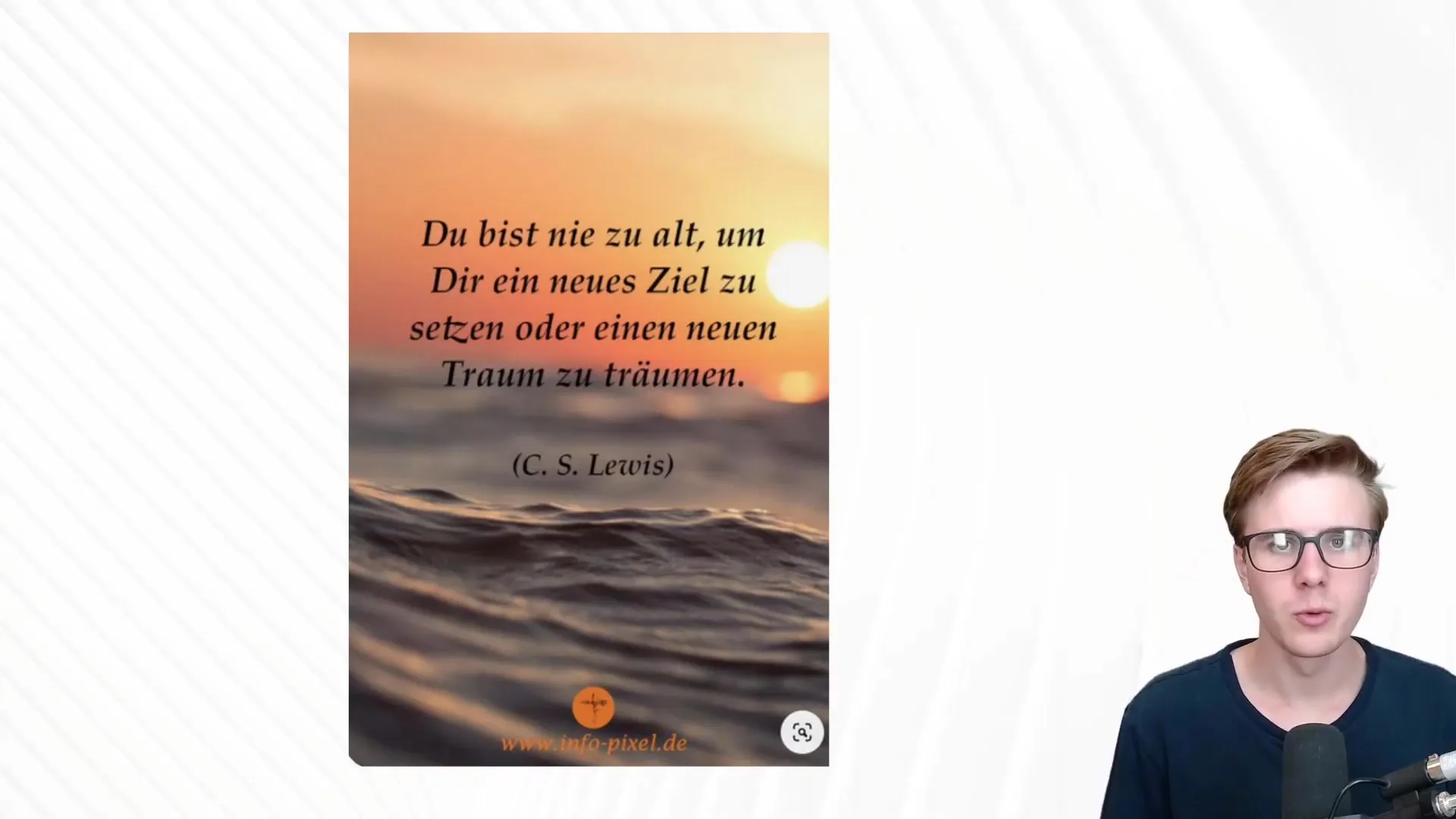
3. Advantages of visual content
The primary advantage is that visual content directly enters the brain. People don't need to interpret visual information but can process it immediately. This type of content is great for platforms like TikTok or Instagram, where users can quickly swipe through various images. The combination of expressive colors and symbols can help differentiate from competitors.
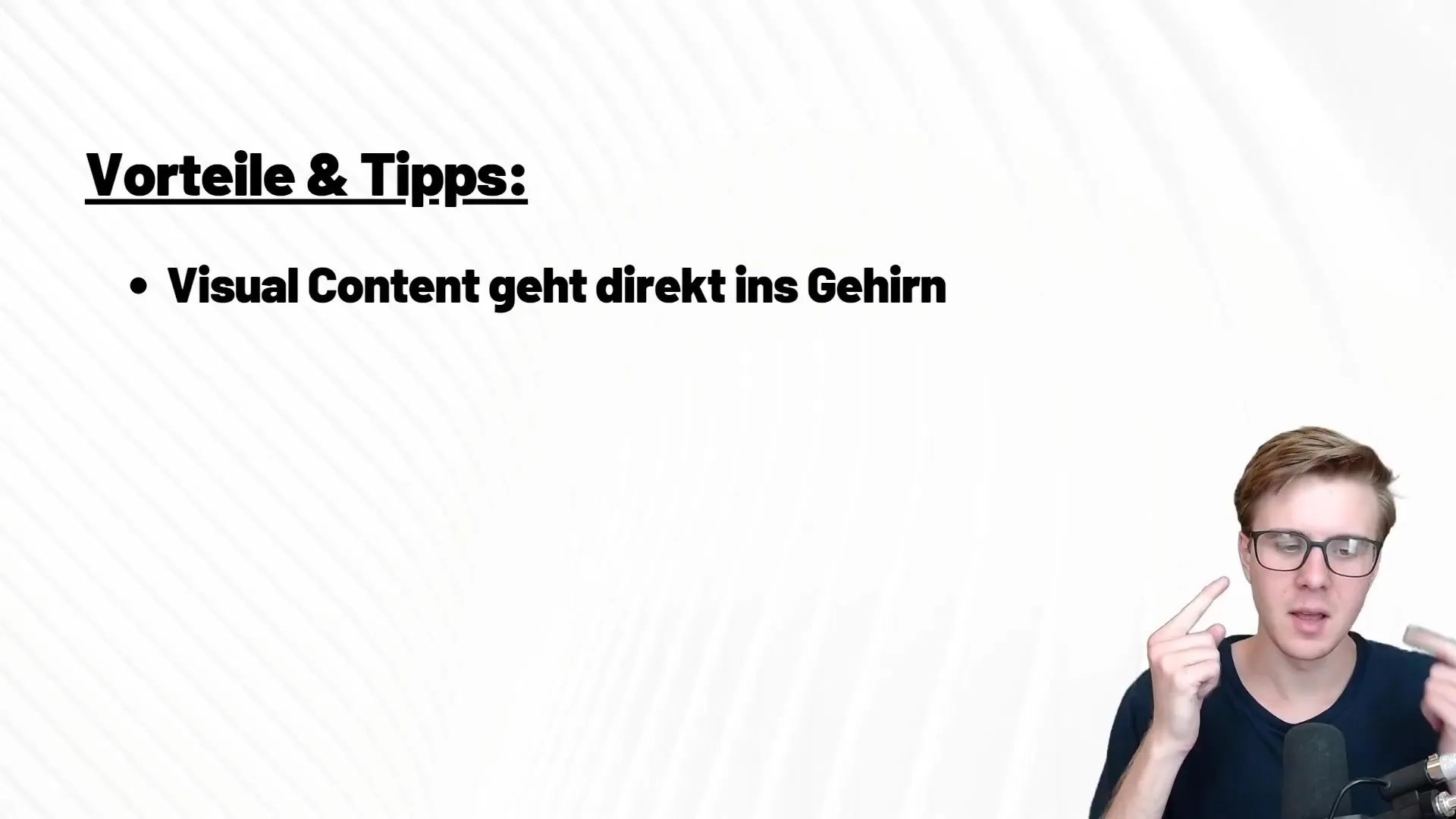
4. Emotional appeal through images
Images have the ability to evoke emotions – be it joy, sadness, or surprise. You can target emotions through the choice of colors, shapes, and representations. For example, a picture of a smiling person immediately evokes joy, while an image of a crying child can evoke compassion and sadness.
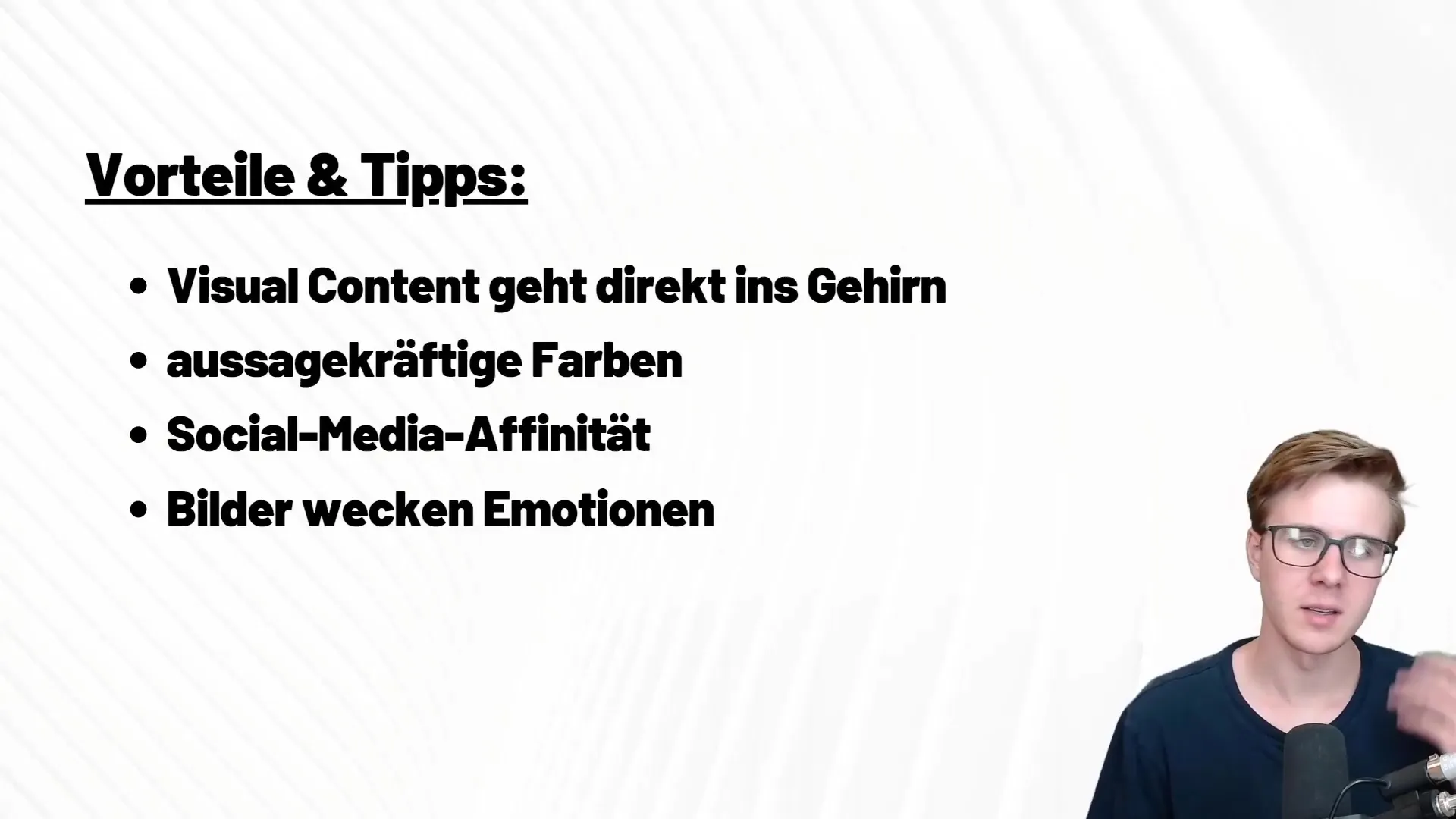
5. Different types of visuals
Visuals are not just photos. Various types include screenshots, gifs, charts, quotes, and surveys.
- Screenshots are simple representations of desktop content helpful in explaining processes.
- Gifs are short repeated animations often used to liven up content.
- Charts convey data visually and help present complex information understandably.
- Quotes are easy to create and can generate wide reach as they are often shared.
- Surveys can increase interaction with your audience and provide valuable feedback.
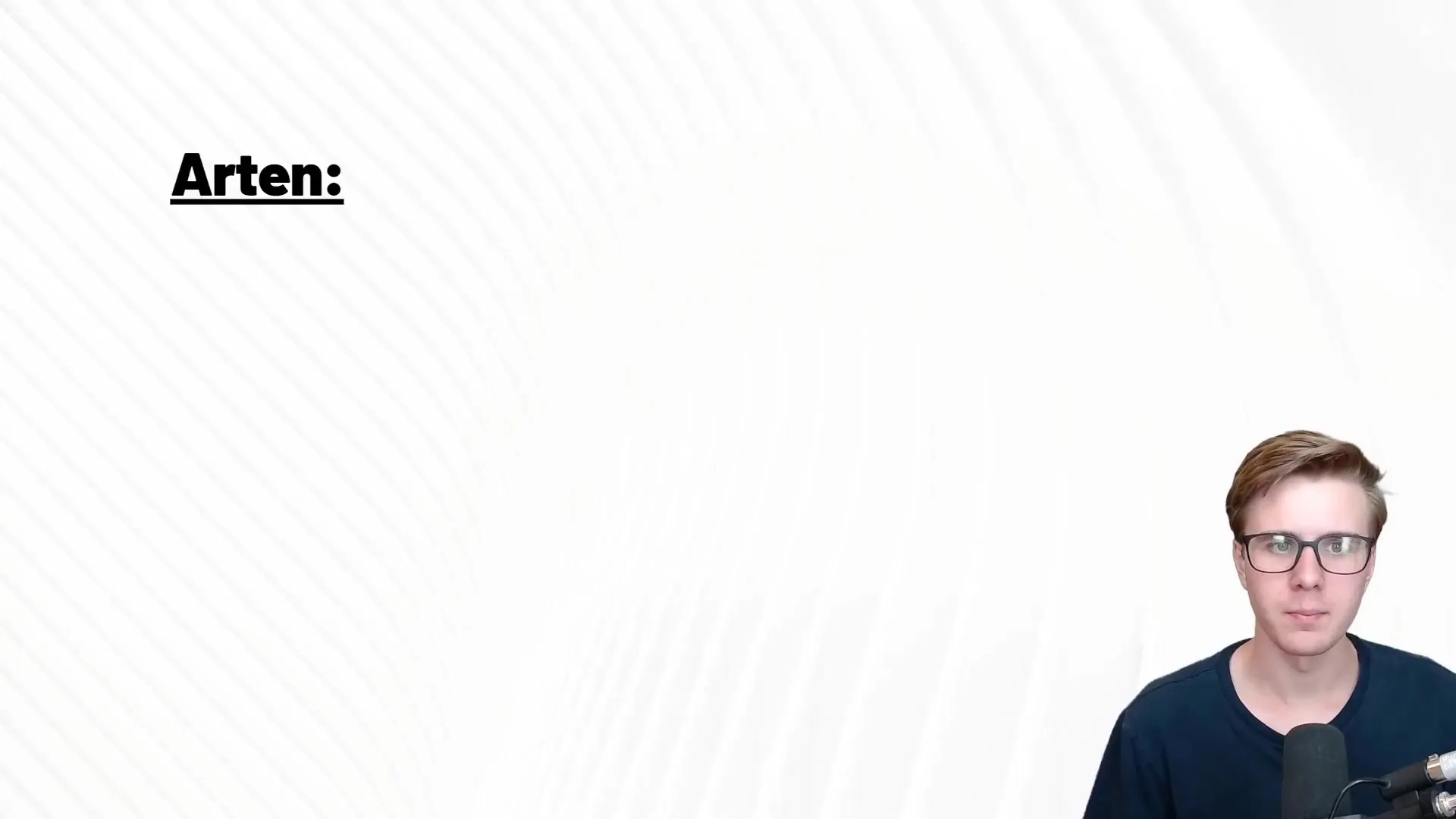
6. Facts and statistics
Statistics show that using colors and visual content significantly increases the willingness to consume content. Posts with colored visuals have an 80% higher likelihood of consumption compared to black-and-white content. Visual representations also boost interaction – images in tweets lead to a 150% higher retweet rate than plain text tweets.
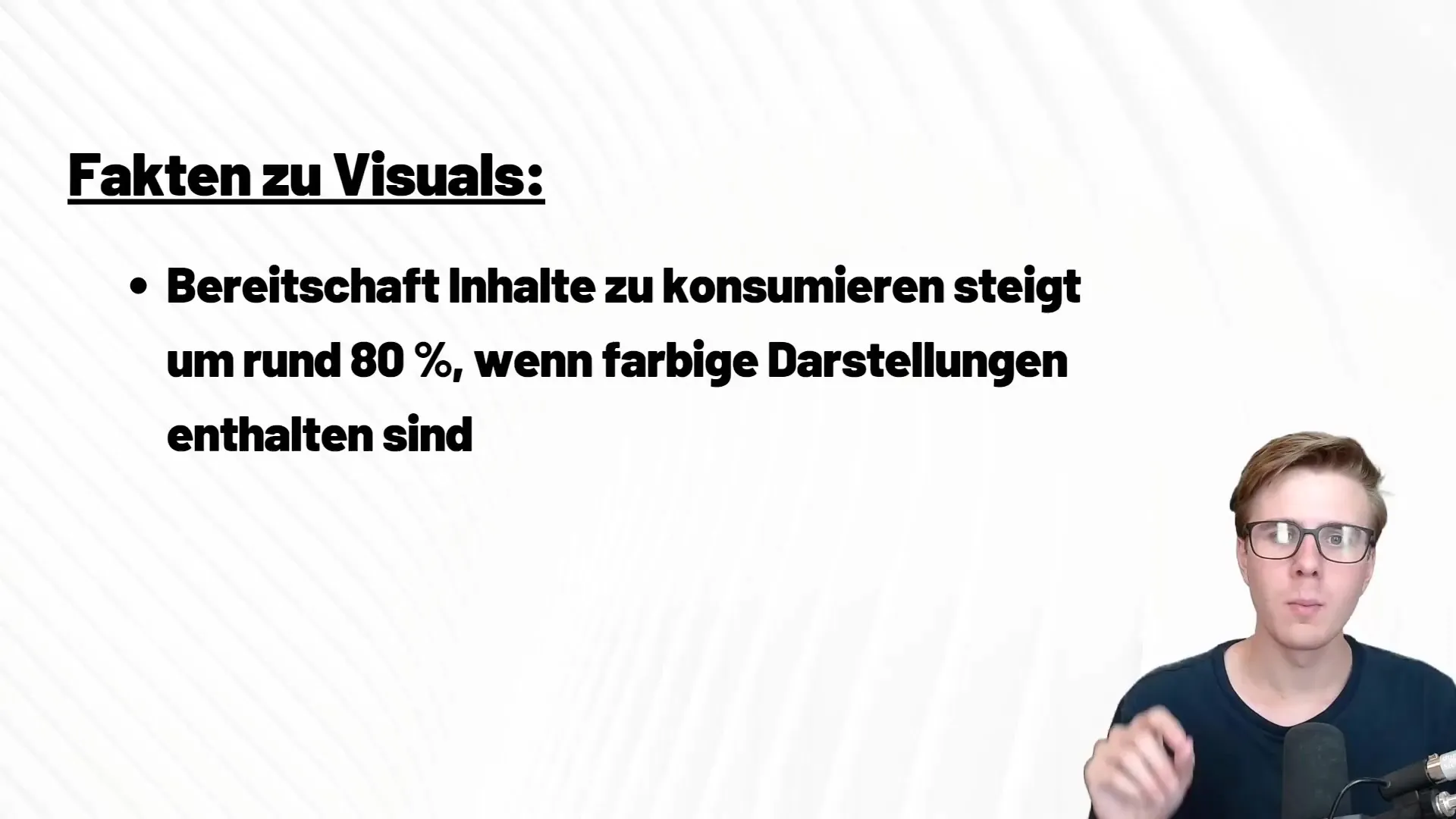
7. Optimization for different platforms
Each platform has specific requirements and preferences regarding the display of visual content. Visually appealing and portrait-oriented images are crucial on Instagram and Pinterest, while quick and informative visuals are consumed on Twitter or Facebook. Ensure that the content aligns contextually with the platform to gain maximum visibility.
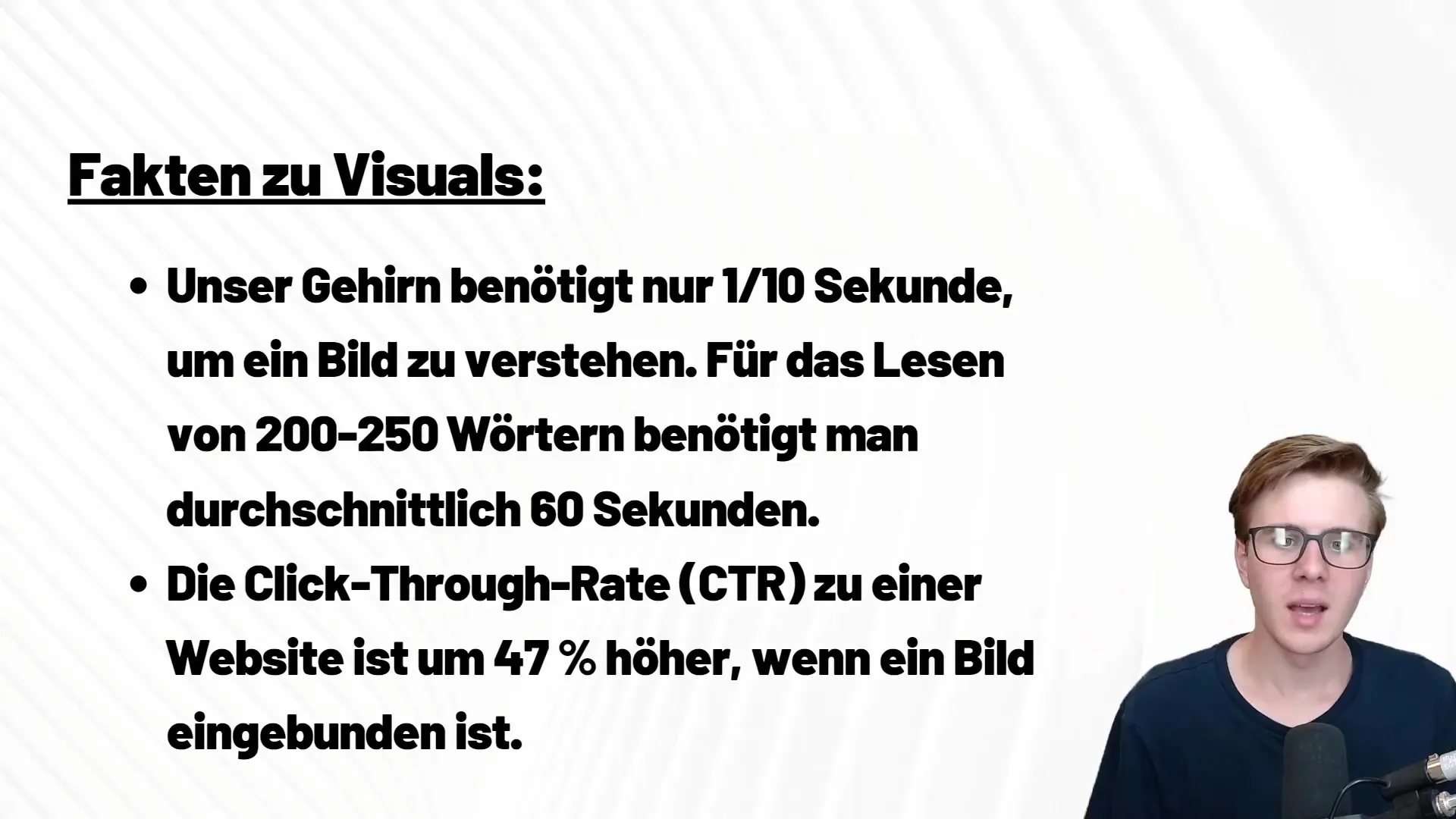
Summary
In this tutorial, you have learned how important and effective visuals can be in content marketing. By strategically using the advantages of images and various types of visuals, you can not only increase interaction but also sustainably improve your brand perception.
Frequently Asked Questions
How can I ensure that my images have the right size for Instagram?Make sure to adhere to the recommended dimensions of 1080 x 1080 pixels for regular posts and 1080 x 1350 pixels for portrait posts.
What types of images are most effective for social media?Emotional images, engaging graphics, and easily shareable quotes are generally very effective.
Can I use text in my images?Yes, text can be used to reinforce the message, but be careful that it is not too small or disrupts the image aesthetics.
What are the benefits of GIFs in content strategy?GIFs can liven up content and attract attention, they are easy to consume and provide visual variety.
How often should I post visual content?It depends on the platform and your target audience, but an optimal balance between visual and written content is ideal.


